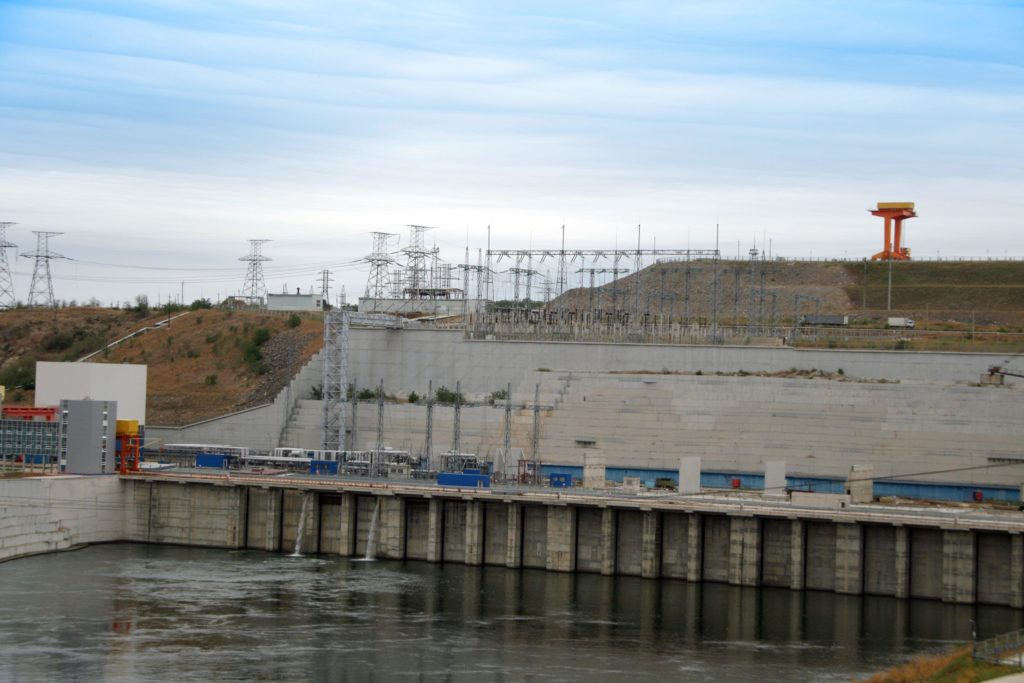The United States has pledged $25 million to help improve access to nuclear power in Ukraine and a number of other countries as a viable form of clean energy in the course of a mass energy transition away from fossil fuels.
The award was announced by Under Secretary of State for Arms Control and International Security Bonnie Jenkins at the COP26 U.N. Conference on Climate Change in Glasgow.
The State Department said the-scale funds were intended to advance large-scale, clean and modern nuclear power generation as well as demonstration the potential of nuclear-powered hydrogen – as many countries take steps to boost hydrogen production. The programme also included the promotion of small modular reactors – seen by many scientists as the most practical way of encouraging wider use of nuclear power in view of the vast costs associated with convention, large scale reactors.
In addition to Ukraine, the funds foresee cooperation with Poland, Kenya, Brazil, Romania, and Indonesia. Efforts include capacity building, equipment, feasibility and siting studies, demonstration projects, study tours, site visits and technical collaboration.
The United States launched a programe on the Responsible Use of Small Modular Reactor Technology (FIRST) at the Glasgow conference and has overseen workshops on small modular reactors and public-private programmes to help in their construction and management.
The State Department said the programmes were “designed to support key steps necessary for the safe, secure, and responsible deployment of emerging nuclear technologies”.
There is considerable discussion in the scientific community over whether nuclear power should be included alongside wind and solar power and emerging hydrogen production as a prime element in the energy transition and is cheap to run once projects are complete. Nuclear energy eliminates carbon emissions but the high cost of commissioning and construction often inhibit its increased use as well as fears of nuclear mishaps and lingering questions about reprocessing spent fuel and disposing of waste.
Ukraine was the site of the 1986 Chernobyl nuclear disaster, which contaminated large swathes of the former Soviet Union and much of Europe, but support for nuclear power is strong as it continues to provide much of the country’s electricity.
About 15 reactors designed in the Soviet era produce about half of Ukraine’s power, but the country has diversified its sources of nuclear fuel away from dependence on Russia and buys much of its fuel from the United States.

